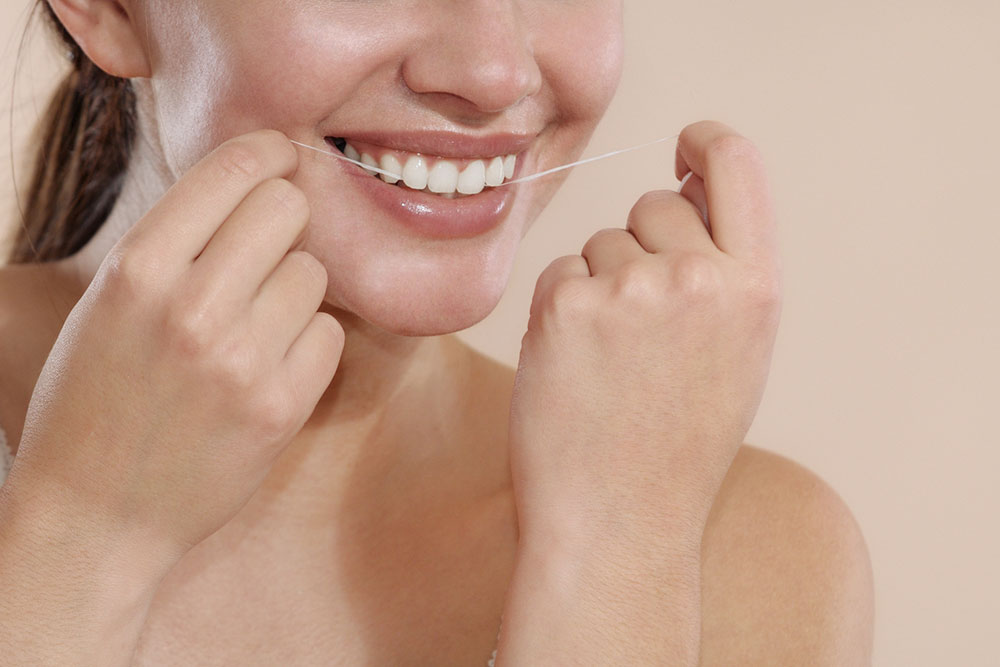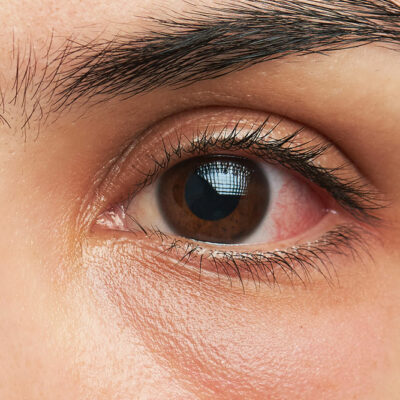
A step-by-step guide to the perfect flossing technique
The benefits of flossing are countless. Regular flossing not only decreases the chances of dental problems but also aids in the prevention of numerous other health issues, such as heart and respiratory diseases. So, if you have not been flossing all this while or have been doing it wrong, here’s your step-by-step guide to get to that perfect flossing technique.
Step I: Pick the most suitable floss for yourself
There are a variety of flosses available in the stores, such as waxed, unwaxed, flavored, and unflavored. Nylon and PTFE are the two basic forms found in the market. If you have gaps between your teeth, tape floss should be your pick.
Step II: Place your fingers right
Use the middle fingers of both the hands and wrap 18 to 24-inch strands of floss around them. Next, with your thumbs and forefingers of both hands, hold the floss. Leave only about a 3-4 inches of floss exposed.
Step III: Use your thumb to floss upper teeth
Making use of the thumbs to floss the upper teeth and index fingers for the bottom teeth is a common practice. However, use whichever set of fingers you feel is comfortable.
Step IV: Pick an area to start with and floss gently
You can start from the two top or bottom two teeth and then gently move toward the other teeth inside the mouth. Ensure that your movements are gentle while flossing. Too much force on the floss can increase the chances of bleeding or hurting the gums.
Step V: Move the floss in a regular motion
Once you have put the floss in contact between your teeth and have developed comfortable sync between your fingers, start moving in a “C” motion. Once the floss is near your gums, gently start flossing the area in an up-and-down motion.
Step VI: Floss one tooth at a time
Repeat the flossing process with each tooth, while following the “one-tooth-at-a-time” rule. Do not wrap the floss around the gum of two teeth in one go. This will result in poor results, and you might even end up hurting your gums. Also, using a new strand of floss for each tooth is always advisable.
Step VII: Rinse your mouth
Most people prefer flossing after brushing their teeth. However, if you reverse the process, the extra fluoride present in toothpaste can remove any food debris left over after flossing. Also, rinsing your mouth with an antiseptic mouthwash after flossing will remove the dislodged food debris that otherwise would have stayed in your mouth. Use of chlorhexidine mouthwashes creates a protective layer around teeth and gums.
Flossing every day for two to three minutes has been recommended by the American Dental Association. It is common to floss before bed at night. However, you can floss after meals if your food had been stickier than usual. However, to avoid any damage to the gums, limiting it to once a day is also advisable.


